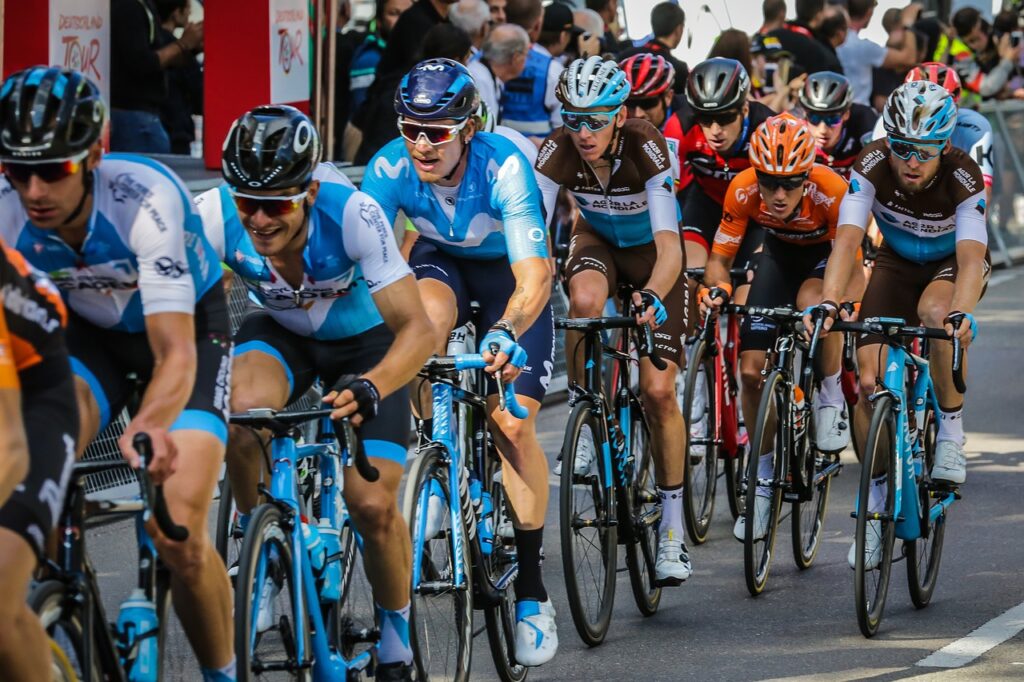Watt max testing is a fast and accurate way to evaluate your training. I normally recommend serious riders to do a couple of these tests through the season.
Why you should do a watt max test
First of all, it is very motivating to follow progress in performance. When you word hard to achieve a better performance, it is very satisfying to see that you are not vesting your time. Even for small increments, the test is very sensitive.
Secondly, it is possible to use the test results to modify your training program. This could be done either through optimizing your power outputs in the intervals or maybe a test will show that you need a recovery week. The optimal situation is to evaluate the test results with your cycling coach.
Watt max test
1. 15 min warm up
2. 100W workload ”“ increase intensity with 10W every 30sec.
3. Keep cadence at min. 80rpm.
4. Ride until exhaustion
5. Notice the last completed power output. = P
6. Notice seconds spent at exhaustion power output = T
How to calculate the result from a watt max test
Watt max power = P + (T/30x10W)
Example: A rider gets exhausted after 15 seconds at 280W. Thus, his last completed power output is 270W. Calculation of Watt max power = 270W + (15/30 x 10W) = 275W


